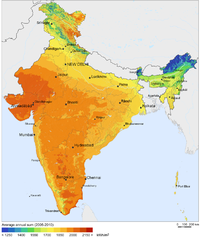Difference between revisions of "ICT student textbook/Data can tell stories"
Jump to navigation
Jump to search
| (4 intermediate revisions by 3 users not shown) | |||
| Line 1: | Line 1: | ||
| − | {{Navigate|Prev=Data representation and processing level 1|Curr=Data can tell stories|Next=How to make data meaningful}} | + | [http://karnatakaeducation.org.in/KOER/index.php/ಐಸಿಟಿ_ವಿದ್ಯಾರ್ಥಿ_ಪಠ್ಯ/ದತ್ತಾಂಶ_ಕಥೆಗಳನ್ನು_ಹೇಳಬಹುದು ಕನ್ನಡ]{{Navigate|Prev=Data representation and processing level 1|Curr=Data can tell stories|Next=How to make data meaningful}} |
{{font color|brown|'''<big><u>Data can tell stories'''</u></big>}}<br> | {{font color|brown|'''<big><u>Data can tell stories'''</u></big>}}<br> | ||
| − | {{font color|brown|In this activity, you will learn see different formats of data and try to interpret the data.}} | + | {{font color|brown|In this activity, you will learn to see different formats of data and try to interpret the data.}} |
'''Data can tell stories''' | '''Data can tell stories''' | ||
| Line 12: | Line 12: | ||
===Objectives=== | ===Objectives=== | ||
| − | # | + | #Understanding that data can be in different formats |
#Reading different kinds of data to make meaning | #Reading different kinds of data to make meaning | ||
#Analyzing data and expressing | #Analyzing data and expressing | ||
| Line 22: | Line 22: | ||
===What resources do you need=== | ===What resources do you need=== | ||
| − | # | + | # Working computer lab with [[Explore a computer|projector]] |
| − | #[[Learn Firefox|Access to internet]] | + | # Computers installed with [[Learn Ubuntu|Ubuntu Operating System]] |
| + | #[[Learn Firefox|Access to internet]] | ||
#Data in the form of bar graphs, pictographs, maps (images) | #Data in the form of bar graphs, pictographs, maps (images) | ||
#Handout for [[Learn Ubuntu|Ubuntu]] | #Handout for [[Learn Ubuntu|Ubuntu]] | ||
| Line 52: | Line 53: | ||
#Each group of students will get one data set to work with - this will comprise maps, satellite images, pictographs and bar graphs. Your teacher will also give you a set of questions for each data set. | #Each group of students will get one data set to work with - this will comprise maps, satellite images, pictographs and bar graphs. Your teacher will also give you a set of questions for each data set. | ||
##Make a concept map of what you understand with the data | ##Make a concept map of what you understand with the data | ||
| − | ##You can also add your findings in a text document, using [[Learn LibreOffice Writer|LibreOffice Writer]]. You can enter text in both | + | ##You can also add your findings in a text document, using [[Learn LibreOffice Writer|LibreOffice Writer]]. You can enter text in both Kannada and in English |
'''Rainfall''' | '''Rainfall''' | ||
{| class="wikitable" | {| class="wikitable" | ||
Latest revision as of 10:53, 26 November 2019
Data can tell stories
In this activity, you will learn to see different formats of data and try to interpret the data.
Data can tell stories
Objectives
- Understanding that data can be in different formats
- Reading different kinds of data to make meaning
- Analyzing data and expressing
What prior skills are assumed
- Creating folders and saving files
- Opening a given file with the correct application
- Familiarity with using a key board
What resources do you need
- Working computer lab with projector
- Computers installed with Ubuntu Operating System
- Access to internet
- Data in the form of bar graphs, pictographs, maps (images)
- Handout for Ubuntu
- Handout for Tux Typing
- Handout for LibreOffice Writer
- Handout for Freeplane
What digital skills will you learn
- Creating and navigating folders (and sub-folders)
- Opening multiple files with multiple applications
- Text entry (local languages)
Description of activity with detailed steps
Teacher led activity
Student activities
- On each of the computers, you will find folders with different data sets.
- Each group of students will get one data set to work with - this will comprise maps, satellite images, pictographs and bar graphs. Your teacher will also give you a set of questions for each data set.
- Make a concept map of what you understand with the data
- You can also add your findings in a text document, using LibreOffice Writer. You can enter text in both Kannada and in English
Rainfall
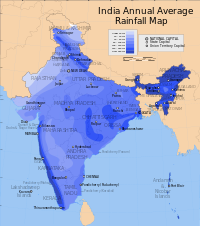
|
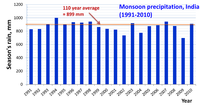
|
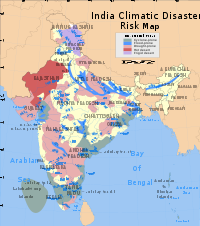
|
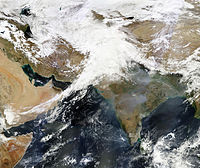
|
India's forests
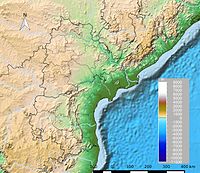
|
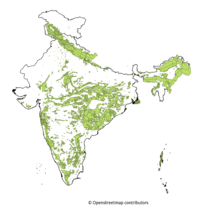
|
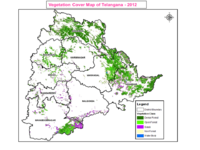
|
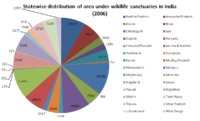
|
Map of Telangana

|

|

|

|
Story of Godavari

|

|
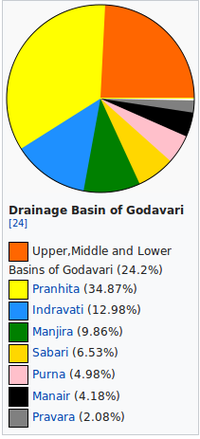
|

|
Pictographs-qualitative
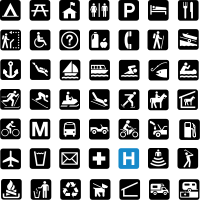
|
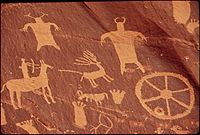
|
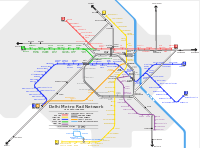
|
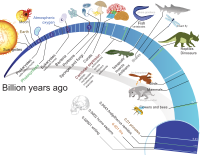
|
Pictographs-quantitative
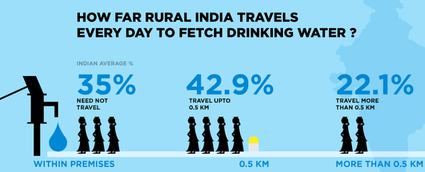
|
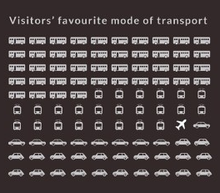
|
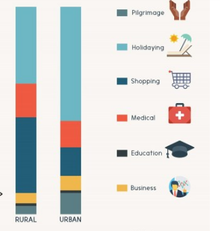
|

|
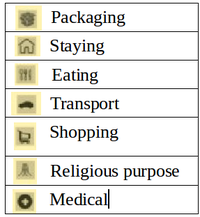
|
Portfolio
- Make a concept map, as shown by your teacher, to share your findings:
- What is the data about?
- How was the data represented?
- What was special about each representation?
- What did you conclude from the data?
- Have you studied about this before?
- What more do you want to know?
- For the pictographs, make a concept map to share your understanding of the data you studied.
- Once the concept map has been developed on a paper, with the help of your teacher, digitize it and save it in your folder.


